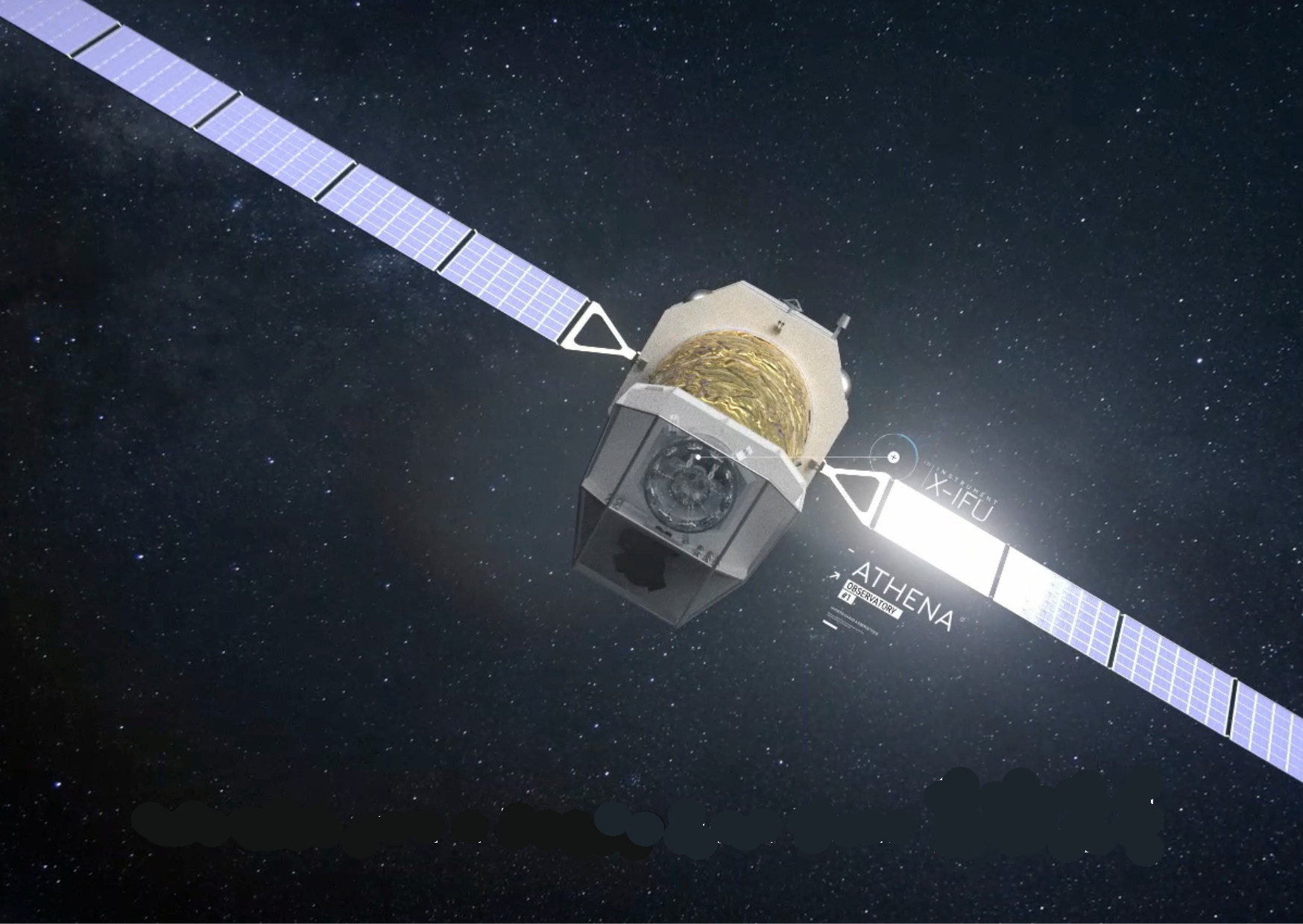Integrating environmental constraints into astrophysics research: the example of the Athena X-IFU
The X-IFU (X-ray Integral Field Unit) is the high-resolution X-ray spectrometer that will be aboard the European Space Agency’s (ESA) Athena space observatory in 2037, as part of the Cosmic Vision scientific program. It is being developed by an international consortium led by France. CNRS Terre & Universe teams are responsible for part of the project management. The X-IFU is a cryogenic instrument featuring cutting-edge technologies such as micro-calorimeters, read out by low-noise electronics.

As the instrument was undergoing a review of its system requirements in 2022, a life cycle assessment (LCA) was carried out to estimate the environmental impacts associated with the development of such an instrument. Life cycle assessment is an eco-design approach that evaluates the environmental impact of a product or service from conception to end-of-life, by quantifying the energy and material flows used. The aim of this scientific publication and the results obtained is to highlight the most significant environmental impacts of the X-IFU’s design, to put forward recommendations for reducing them, and to reiterate the importance of integrating environmental considerations into astrophysics research.
This analysis focused on the supply, manufacture and testing of subsystems, as well as the logistics and labour involved. We find that the most significant environmental impacts come from testing activities (1), office work (2) and instrument manufacture (3) . A new LCA is currently underway to update these initial results. It will result in an updated life-cycle analysis, maintaining the ambition to reduce the X-IFU’s environmental footprint, while complying with rigorous performance and risk management requirements.
Notes
- related to energy consumption in cleanrooms
- related to energy consumption in buildings
- related to the use of mineral and metal resources
Further Resources
- Scientific article : Barret, D., Albouys, V., Knödlseder, J. et al. Life cycle assessment of the Athena X-ray integral field unit. Exp Astron 57, 19 (2024). https://doi.org/10.1007/s10686-024-09939-7 – OpenSource Publication on ArXiv
- CNRS Press Release
IRAP Contacts
- Didier Barret, didier.barret@irap.omp.eu
- Maélyss Larrieu, maelyss.larrieu@irap.omp.eu






